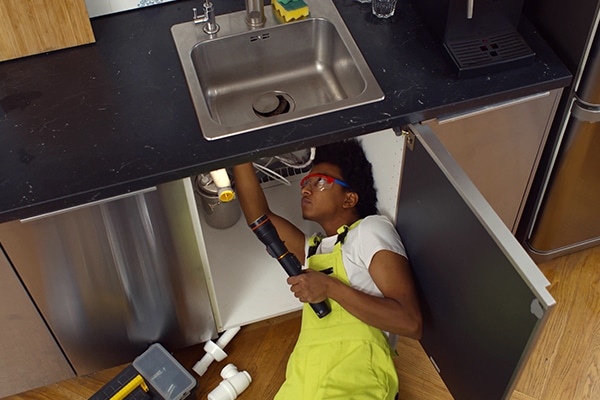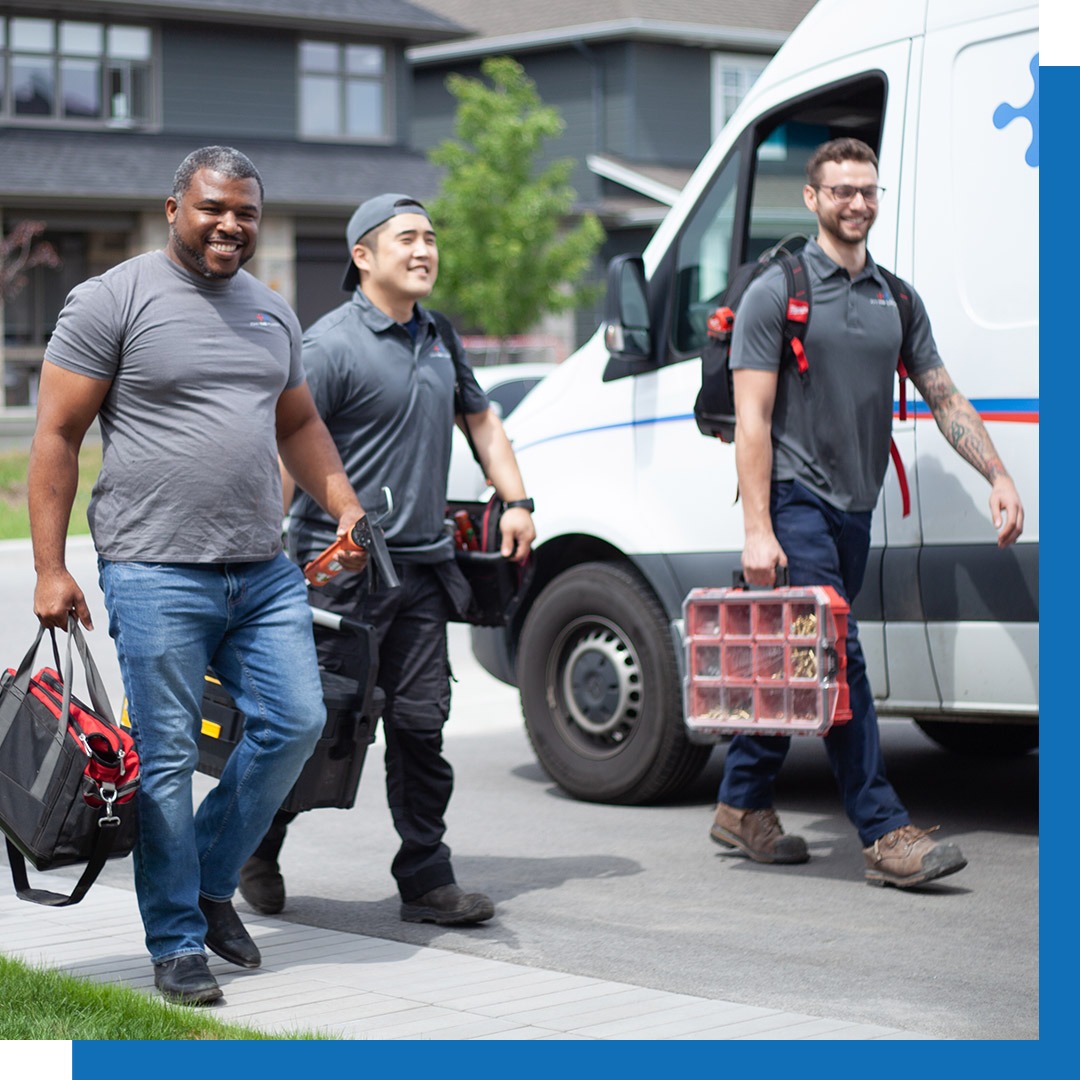Relied On Plumbing Services Alabaster AL for All Your Repair works
A Step-by-Step Guide to Reliable Hot Water Heater Installment for Optimum Efficiency
Beginning on the task of mounting a water heating system is an endeavor that demands precision and a methodical technique for attaining optimum efficiency. As you continue, the complexities of linking water supply lines and setting up dependable electric or gas connections wait for, appealing understandings right into guaranteeing performance and dependability.
Choosing the Right Hot Water Heater

Following, think about the size and capability of the hot water heater. It's important to analyze your household's hot water requirements, which can differ based on the number of residents and their use patterns. A system that's also little might result in not enough hot water, while an extra-large model may result in unneeded energy usage.
Performance ratings likewise play a crucial role in option. Search for hot water heater with high Energy Variable (EF) scores, indicating superior efficiency and decreased power use. Tankless models, though commonly extra pricey upfront, deal substantial power financial savings over time due to their on-demand heating capacities.
Preparing the Installment Location
Prior to mounting a brand-new water heating system, careful prep work of the setup location is vital. This makes sure a smooth setup process and helps prevent future complications (Drain Cleaning Alabaster AL). Begin by choosing an appropriate location that abides by regional building codes and security requirements. The area ought to be completely dry, well-ventilated, and accessible for upkeep. It's critical to gauge the room carefully to accommodate the water heater's measurements, making certain ample clearance around the device for effective operation and maintenance.
Examine the flooring for security, as the water heater will certainly require a strong, level surface to operate effectively. If required, install a drip pan below the system to catch potential leaks or spills, avoiding water damage to the surrounding area.
Additionally, guarantee that all required tools and materials are on hand before commencing the installation. This includes things such as wrenches, screwdrivers, a degree, and any kind of added equipment needed for protecting the heating system and placing. A well-prepared installment location establishes the structure for an effective hot water heater setup, optimizing performance and safety.
Connecting Supply Of Water Lines
When linking supply of water lines to your recently mounted water heating system, it is vital to make sure that all links are secure and leak-free to preserve effective procedure and stop water damage. Begin by determining the chilly and hot water system lines. The cold water inlet is typically noted with a blue label or a "C", while the warm water electrical outlet is marked with a red hop over to these guys tag or an "H".
Use adaptable water heating unit ports to facilitate a less complicated setup procedure. Before attaching the adapters, put a plumbing professional's tape around the threaded ends of the water heating system's inlet and outlet pipelines.
When links are in place, slowly turn on the major supply of water valve. Evaluate each link for leakages by visually inspecting and feeling for moisture. Tighten links as needed, and make sure the stress alleviation valve is properly mounted, safeguarding against extreme pressure accumulation.
Establishing Up Electrical or Gas Links
Correctly establishing up the electrical or gas connections for your water heating unit is a critical step to ensure reliable and secure operation. For electrical water heating systems, start by verifying that the electrical circuit is suitable with the heater's voltage and amperage demands.
For gas hot water heater, safety and security is extremely important. Validate that the gas supply is off prior to go to website continuing. Link the gas line to the hot water heater utilizing a versatile gas connector, ensuring it is effectively threaded and secured with pipeline joint substance or Teflon tape appropriate for gas links. Tighten the links with a wrench, taking treatment not to over-tighten (Plumbing Alabaster AL).
As soon as links are made, examine for any kind of potential leaks. For gas lines, apply a soapy water remedy to the joints; bubbles indicate a leakage. For electrical connections, double-check that all circuitry is safe and secure and correctly insulated, keeping compliance with neighborhood electrical codes.
Examining and Changing for Performance
With the electrical and gas links securely in position, the next step is reviewing the operational effectiveness of your water heating system. Begin by very carefully transforming on the supply of water and ensuring there are no leakages at any one of the shutoffs or joints. Once verified, continue to fill the container, taking notice of the stress and temperature setups. It is a good idea to establish the thermostat to an advised temperature level of around 120 ° F(49 ° C) to stabilize power performance and convenience.
Next, perform a thorough evaluation to make sure the home heating aspects or burner are why not find out more functioning correctly. For electric heating systems, make use of a multimeter to validate if the components are attracting the proper present. In gas models, observe the burner fire; it must be consistent and blue, suggesting effective combustion.
Adjust the settings as needed to get rid of ineffectiveness. Think about implementing insulation measures, such as adding a water heater covering, to better boost performance by minimizing warmth loss. In addition, inspect the anode rod's condition, as a shabby pole can decrease performance and cause tank rust.
Conclusion
Efficient water heating unit installment is essential for making certain ideal efficiency and energy savings. Firmly linking water supply lines and thoroughly establishing up electric or gas connections minimize possible problems.

Effectively setting up the electrical or gas links for your water heater is a critical action to ensure risk-free and effective operation. For electrical water heaters, begin by verifying that the electrical circuit is compatible with the heating unit's voltage and amperage demands. Link the gas line to the water heating system making use of a flexible gas connector, ensuring it is correctly threaded and secured with pipeline joint substance or Teflon tape suitable for gas connections.